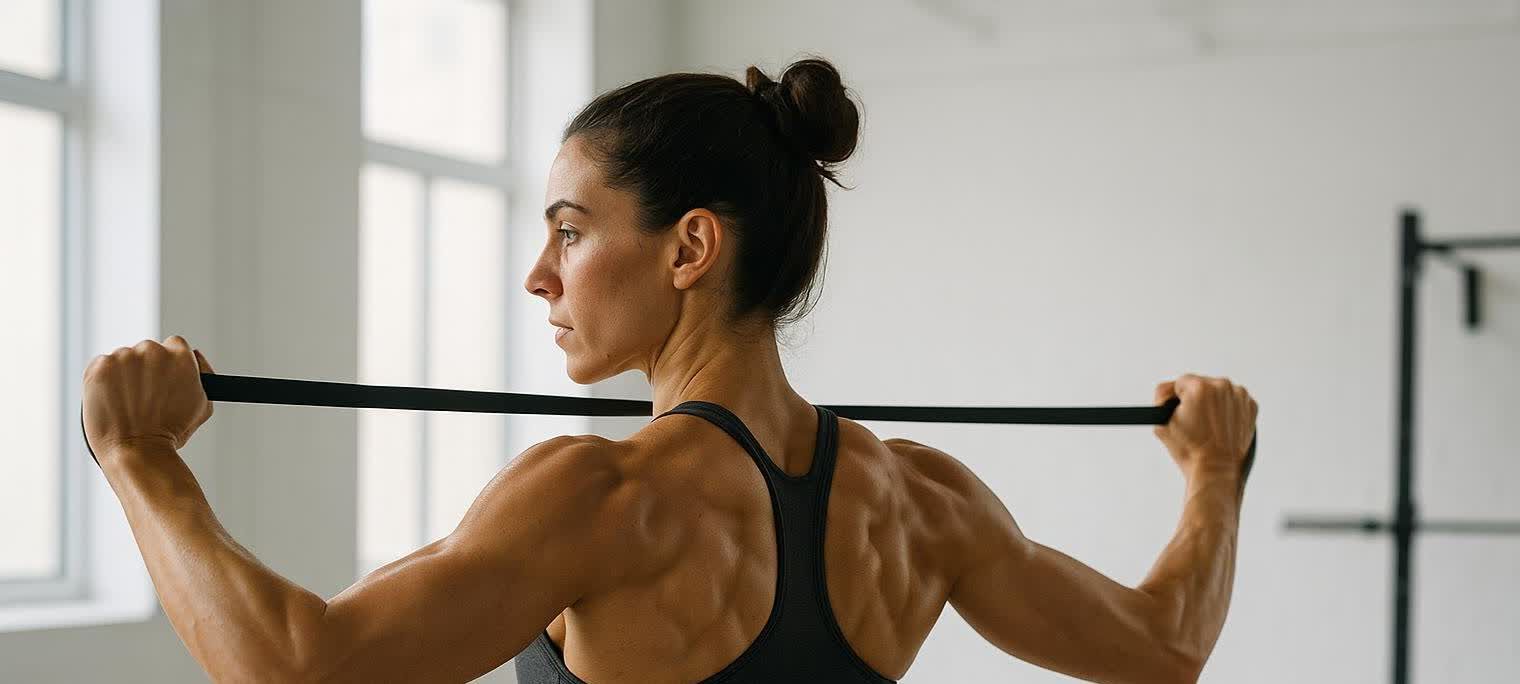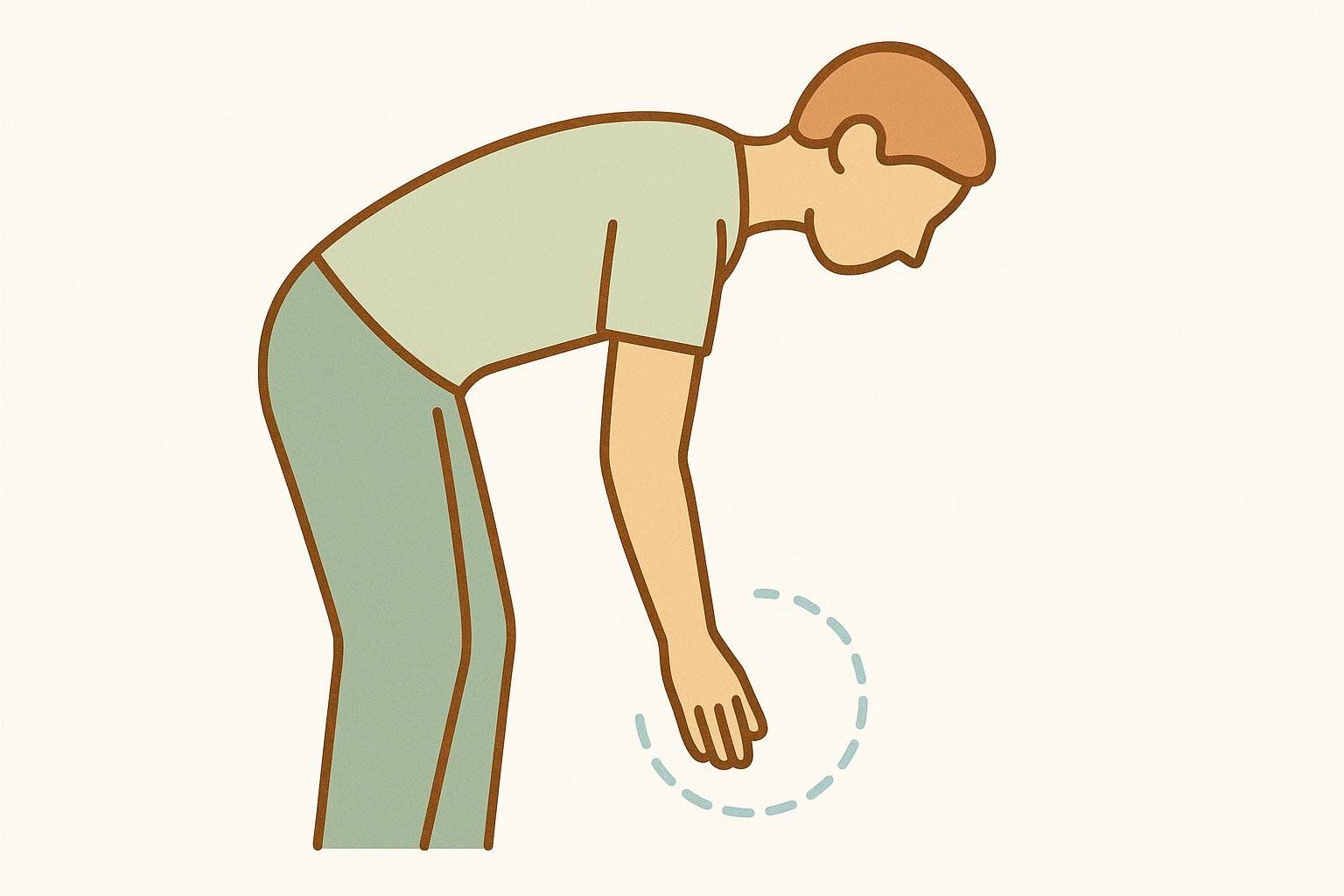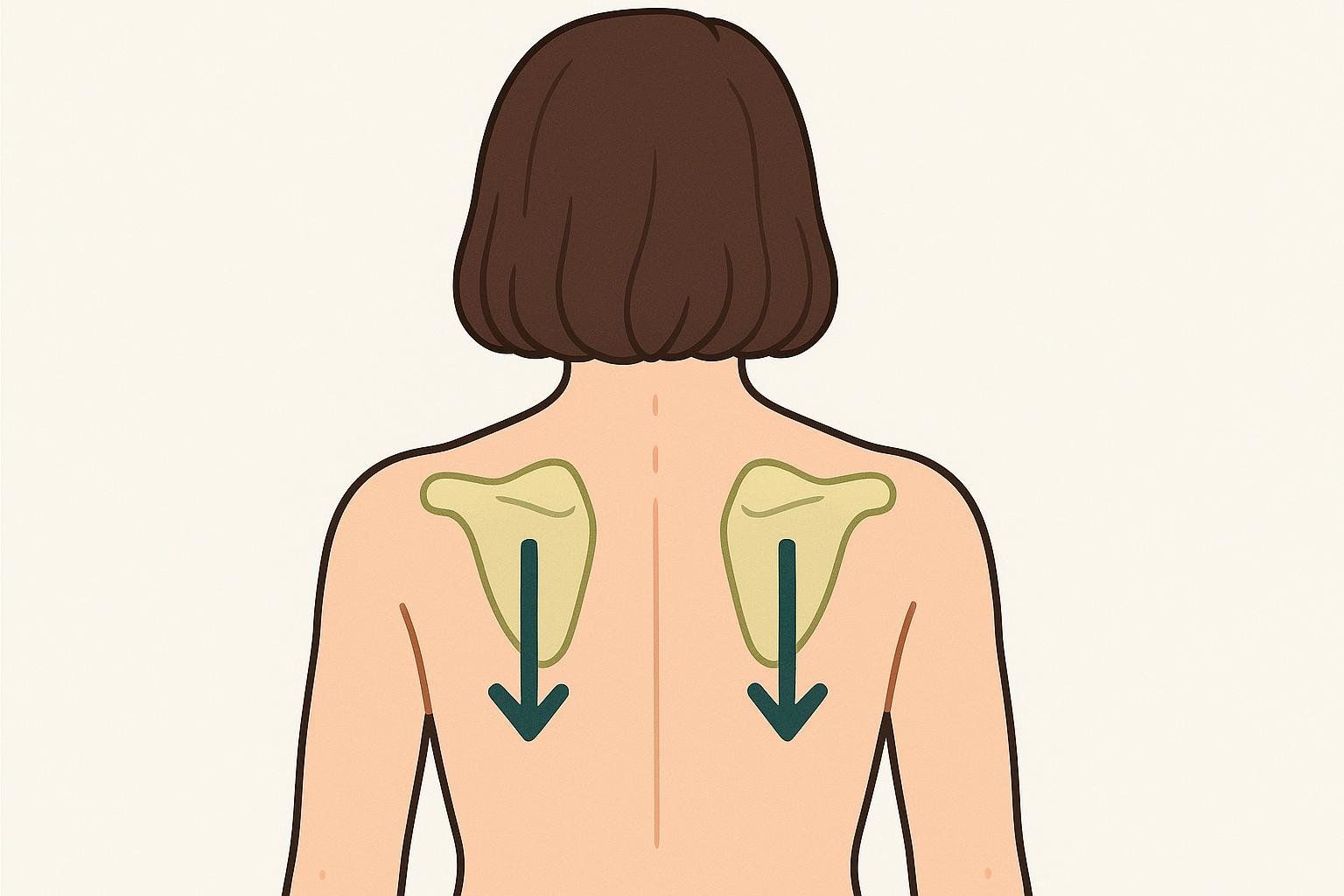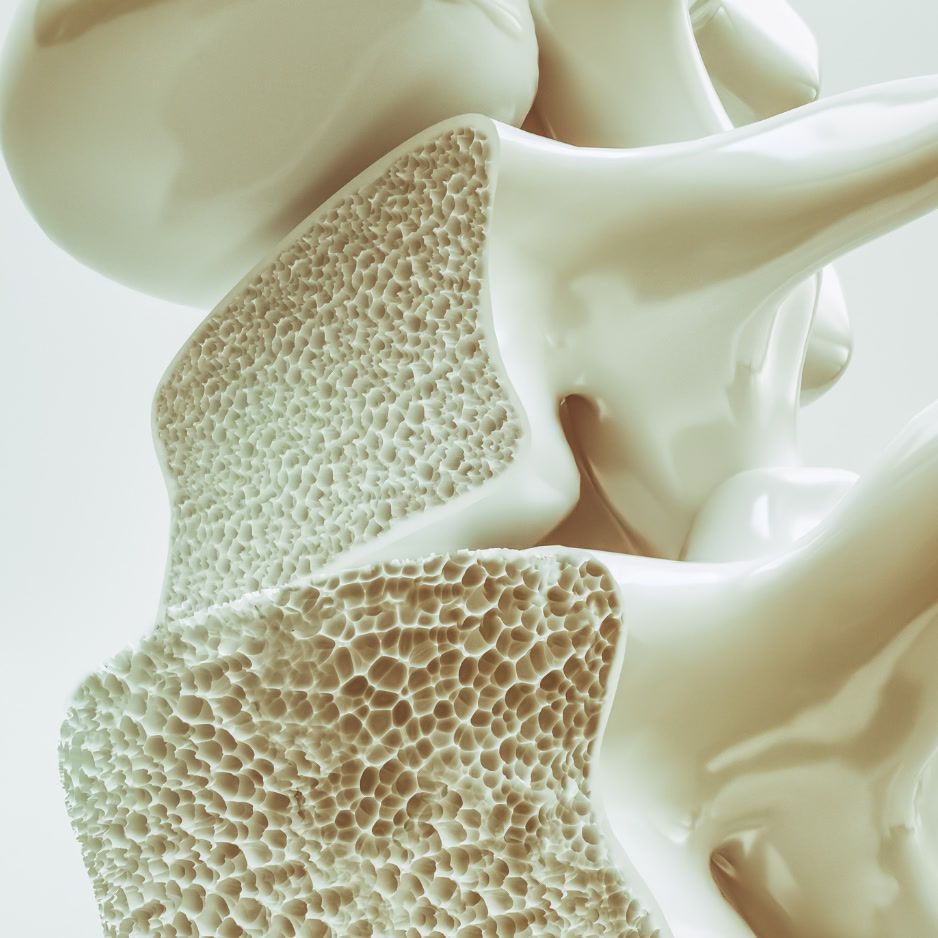Shoulder Stability Exercises: At-Home Routine

Shoulder Stability Exercises: An At‑Home Routine
Strong, stable shoulders don’t just look good—they help you lift, throw, carry, and play without pain. The shoulder is your most mobile joint, so it needs active stability from the rotator cuff and the scapular (shoulder blade) muscles to keep the ball-and-socket centered during movement. This guide provides a practical, science-backed routine you can do at home with a band and light weights.
Important: If you’re recovering from a shoulder injury or surgery, follow your clinician’s guidance. The American Academy of Orthopaedic Surgeons (AAOS) recommends structured rehab with graded progressions and using pain as a guide, especially early after surgery, as outlined in the AAOS shoulder surgery exercise guide.
This guide walks you through a quick warm-up and activation to “set” your shoulder blades, then into shoulder stability exercises with clear sets and reps.
You’ll also find tailored tracks for Weekend Warriors, Post‑Surgery Rehabilitators, and Overhead Athletes so you can choose the right starting point. Finally, we answer common questions about reps, frequency, and how to handle pain.
Before you start: use a pain scale. Guidance from the NHS exercises for shoulder problems suggests keeping pain at or below 0–5/10 during and after exercise, adjusting volume if symptoms exceed that; next‑day pain shouldn’t be worse than your baseline.
Equipment
- Loop or straight resistance band (light to medium)
- Optional: 2–5 lb dumbbells (or soup cans)
- A wall and a sturdy door anchor
Time commitment: 15–25 minutes, 3–4 days per week—as recommended by the Mass General shoulder home exercise program that uses bands and light weights.

Warm‑Up (3–5 minutes)
- Pendulum (Codman’s) circles
- How: Hinge at the hips, support your non‑working hand on a table, let the working arm hang heavy. Gently draw small circles clockwise and counter‑clockwise, keeping the shoulder relaxed.
- Why: Low‑load movement lubricates the joint and reduces guarding, especially helpful early in rehab, according to the AAOS.
- Dosage: 30–60 seconds each direction.
- Scapular setting (shoulder blade squeeze)

- How: Stand tall, arms by your sides. Gently draw shoulder blades “down and back” without shrugging.
- Why: Primes your scapular stabilizers to guide the ball‑and‑socket smoothly, as described in the MyHealth Alberta shoulder instability exercises.
- Dosage: 6‑second holds × 8–12 reps.
- Wall slides
- How: Stand facing a wall, elbows bent ~90°, forearms on the wall, thumbs pointing away. Keep shoulder blades engaged “down and back” as you slowly slide arms up, then down with control.
- Why: Integrates serratus anterior and lower trap for overhead control, consistent with NHS guidance.
- Dosage: 2 sets × 8–12 reps.
Activation (serratus + rotator cuff)
- Band Pull‑Apart
- How: Hold a band at shoulder height with elbows straight. Without letting the ribcage flare, pull the band apart by moving the shoulder blades and rotating the arms outward.
- Why: Targets rotator cuff external rotators and mid‑back to improve co‑contraction and posture (see the Harvard Health shoulder strengthening article).
- Dosage: 2–3 sets × 10–15 reps, slow tempo.
- Band chest punches (serratus punches)
- How: Anchor a band around your back under the armpits. From an athletic stance, “punch” straight ahead, protracting the shoulder blade at the end range without shrugging.
- Why: Strengthens the serratus anterior, a key scapular stabilizer for overhead performance.
- Dosage: 2–3 sets × 10–15 reps each arm.
Pro tip: Keep ribs “down” and neck relaxed on all activation work—feel the shoulder blade glide, not the upper traps overworking.
Strengthening (band and light dumbbells)
- Band External Rotation (at the side)
- How: Anchor a light band at elbow height. Stand sideways to the anchor, elbow at 90° and pinned to your side (tuck a small towel if helpful). Rotate the forearm outward, then return under control. Keep the elbow tucked and move from the ball‑and‑socket, not the trunk, as noted by MyHealth Alberta.
- Dosage: 2–3 sets × 8–15 reps each side.
- Band Internal Rotation (at the side)
- How: Same setup, rotate the forearm inward toward the belly with elbow pinned to your side.
- Why: Balances cuff strength front‑to‑back; follow pain‑free range per MyHealth Alberta.
- Dosage: 2–3 sets × 8–15 reps each side.
- Scaption “Full‑Can” Raise (light dumbbells)
- How: With thumbs up, raise arms in a "Y" formation about 30 degrees forward from your sides to shoulder height; pause, lower slowly. Avoid shrugging.
- Why: Trains the supraspinatus and scapular synergy in the scapular plane, as used in the Mass General shoulder home exercise program.
- Dosage: 2 sets × 10–12 reps.
- Prone T (light dumbbells optional)
- How: Lie prone with the arm hanging off a bench or bed, thumb up. Raise the arm out to the side to shoulder height. Pause, then lower with control.
- Why: Targets the middle traps and posterior cuff to anchor the shoulder blade during movement, consistent with Mass General programming.
- Dosage: 2 sets × 8–10 reps.
- Prone Y (light dumbbells optional)
- How: From the same setup, lift the arm slightly forward in line with your forehead, thumb up, to shoulder height. Pause, then lower with control.
- Why: Emphasizes lower traps and scapular upward rotation to support overhead mechanics.
- Dosage: 2 sets × 8–10 reps.
- Band Rows
- How: Anchor band at mid‑torso height. With elbows near your sides, draw the handles back, bringing shoulder blades together without flaring the ribs.
- Why: Builds scapular retractors for posture and pulling control, in line with MyHealth Alberta recommendations.
- Dosage: 2–3 sets × 8–15 reps.
Optional early‑stage isometrics (useful post‑surgery with provider clearance): The AAOS shoulder guide outlines gentle isometric holds for internal/external rotation, extension, abduction—press into a wall or object for 5 seconds, repeat 5–10 times, multiple short daily sessions as tolerated.
Integration (make stability useful)
- Alphabet wall ball drill
- How: Stand arm’s length from a wall. Press a tennis ball into the wall at shoulder height with a straight arm and draw letters or circles.
- Why: Fun, low‑load way to challenge cuff and scapular control in many directions.
- Dosage: 30–60 seconds each arm.
- Wall slide to band punch combo
- How: Perform a controlled wall slide rep, step back, then do 5–8 band chest punches per arm. Cycle for time.
- Why: Links upward rotation (wall slide) with protraction (serratus punch) to coordinate overhead mechanics using the scapula.
- Dosage: 3 rounds: 8 wall slides + 5–8 punches/arm.

Choose Your Track
-
Weekend Warrior (time‑efficient):
- Warm‑Up: Pendulum 1 min + Scapular setting 8–12 reps with 6‑second holds
- Activation: Pull‑Apart 2×12; Band chest punches 2×12/side
- Strength: External rotation 2×12/side; Scaption 2×10; Rows 2×12
- Integration: Alphabet drill 2×45 sec/side
-
Post‑Surgery Rehabilitator (with clinician clearance):
- Early stage: Perform pendulums 2–3×/day, add assisted range drills from the AAOS guide—such as clasped-hands forward elevation or supported external rotation with a cane—and include gentle isometrics with 5‑second holds.
- Transition: Add band external/internal rotations 2×8–12; wall slides 2×8–10 within pain‑free range; progress volume using NHS pain‑titration guidance.
-
Overhead Athlete (technique first, then load):
- Activation: Pull‑Apart 3×15; Chest punches 3×12/side
- Strength: External/Internal rotation 3×12/side (slow eccentrics); Prone T/Y 3×10 each; Scaption 3×10
- Integration: Wall slide→punch combo 3 rounds
- Tip: Add tempo (3‑1‑3) on cuff work to emphasize control through range; keep quality high.
Progression rules
- Increase band tension or reps when you can complete the top of the range with smooth control and no next‑day symptom spike, following NHS progression models.
- New to rehab? Early protocols often use multiple short daily bouts, then transition to fewer, more challenging sessions as capacity improves, per the AAOS.
Track Your Progress with BodySpec
Stronger shoulders are part of a stronger body. Periodic BodySpec DEXA scans measure regional lean mass, fat mass, and bone density to give you a clearer picture of overall body composition and left–right balance in the limbs. If you’re starting a stability phase, consider scanning now and again in 8–12 weeks to track broader trends and symmetry—not to micromanage tiny muscle changes—and to keep your training aligned with your long‑term goals. Learn what to expect on scan day.
Helpful reads next:
- Shoulder workouts for strength and aesthetics
- Injury prevention strategies to train safely
- Mobility drills if you sit a lot
- Strength training basics
Disclaimer: This article is for educational purposes and isn’t a substitute for medical advice. If you have shoulder pain, instability, or recent surgery, consult your clinician before beginning or progressing exercises.


